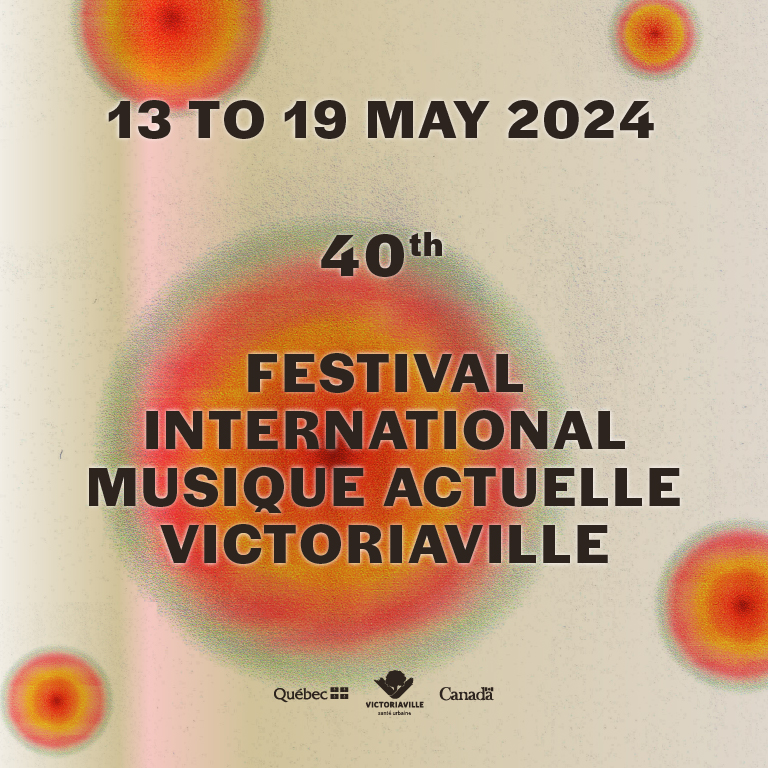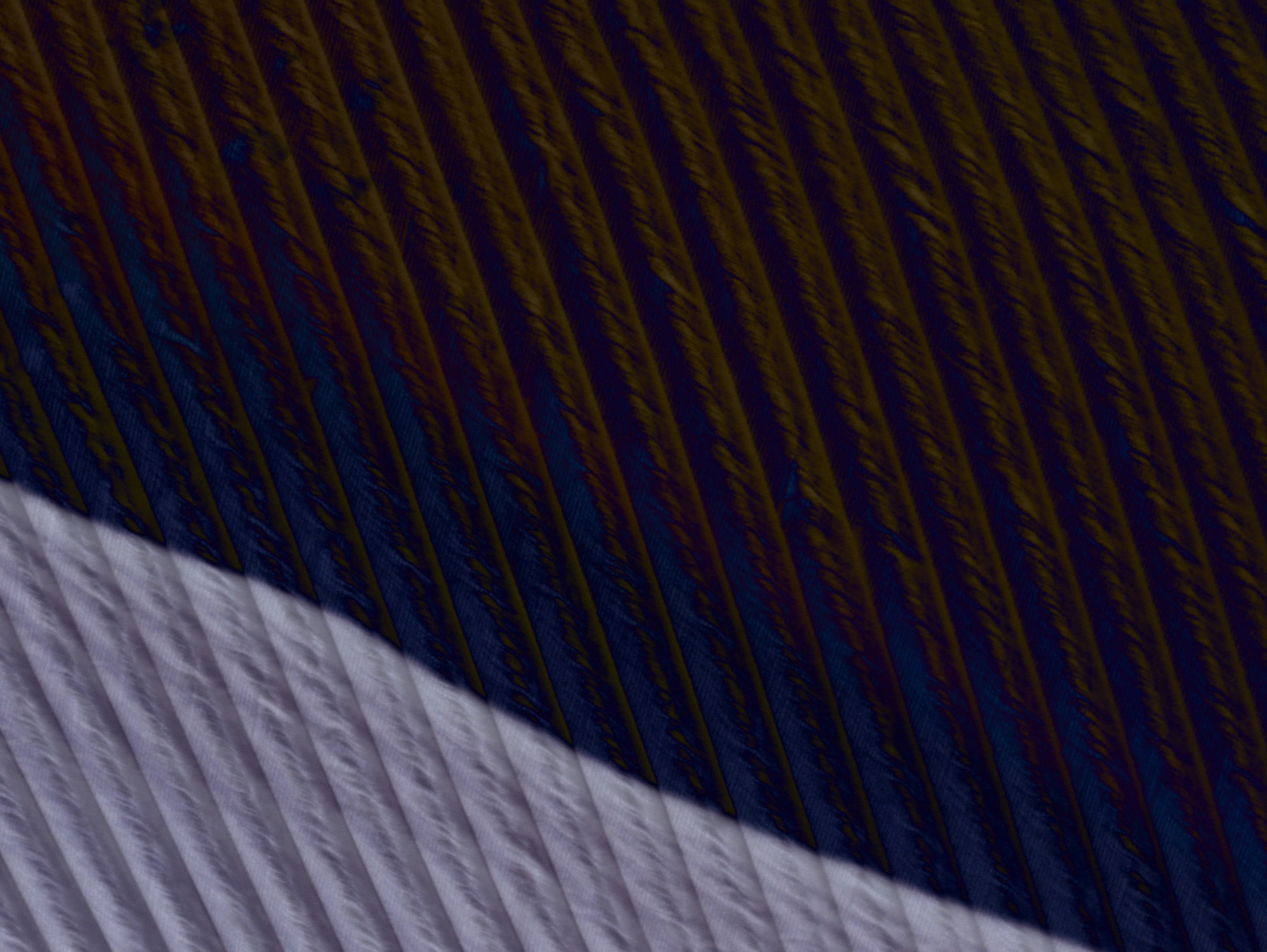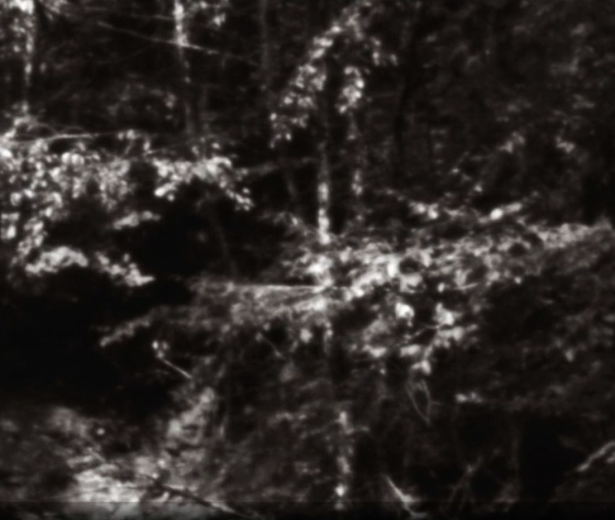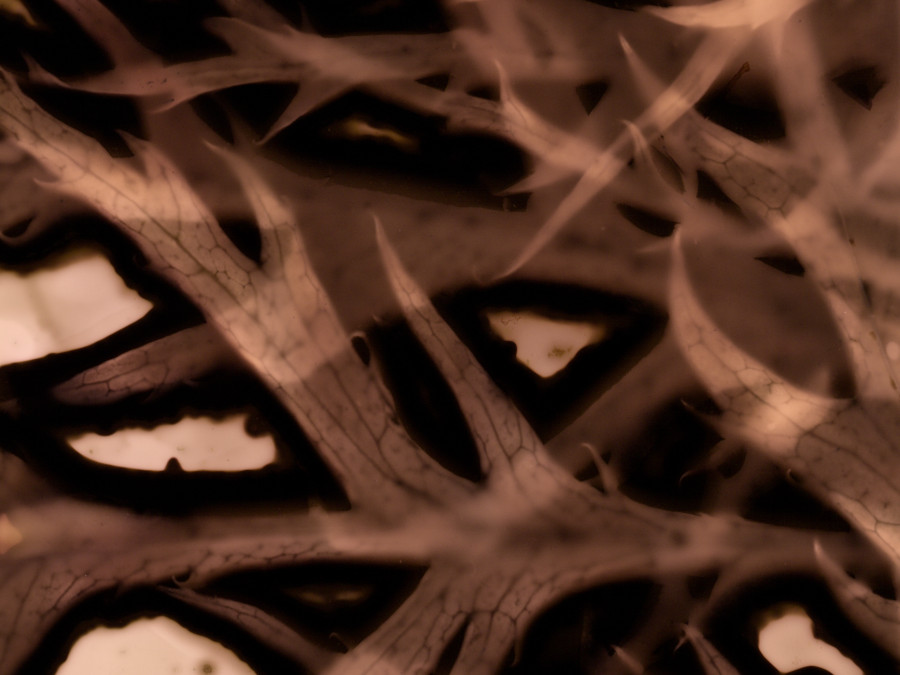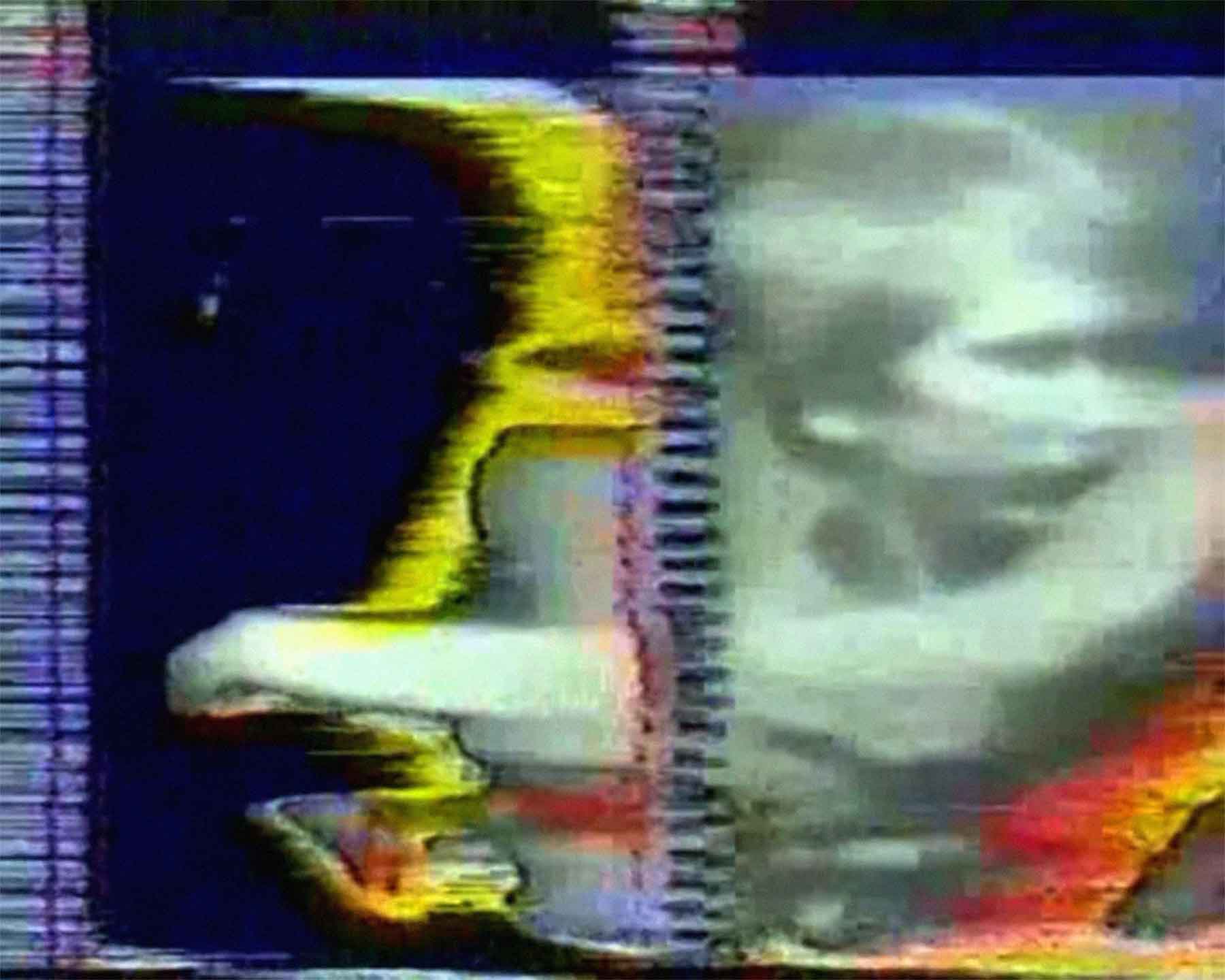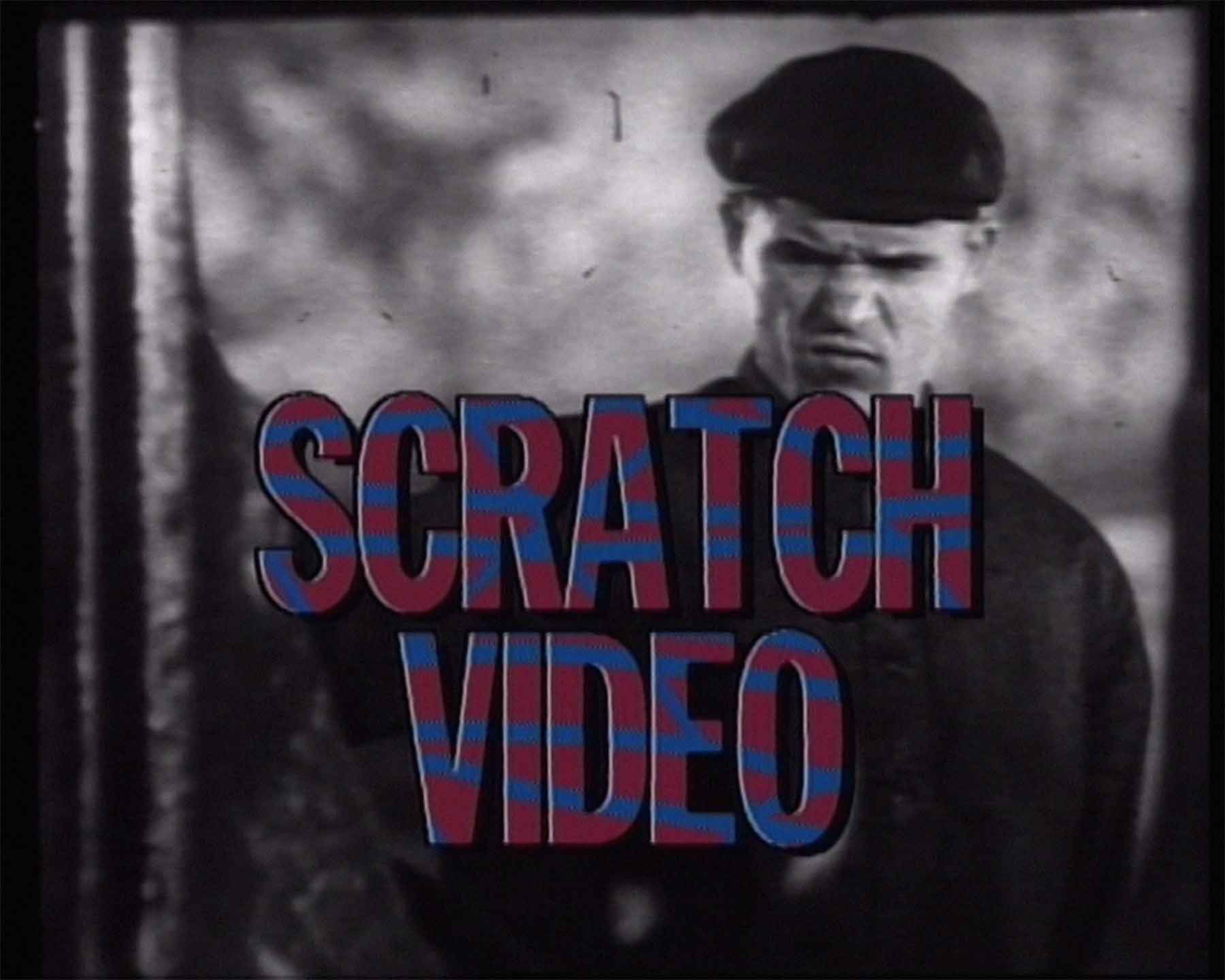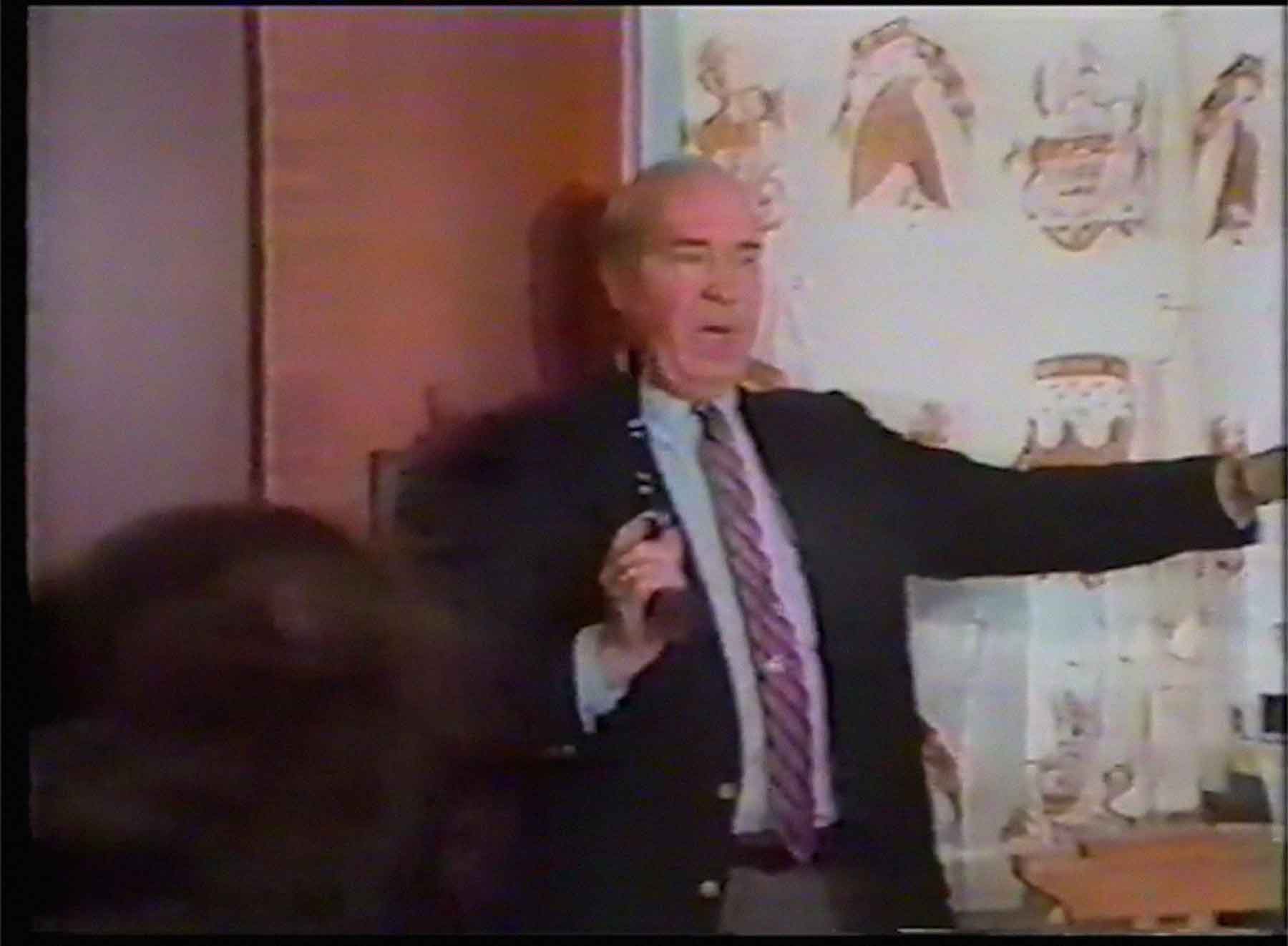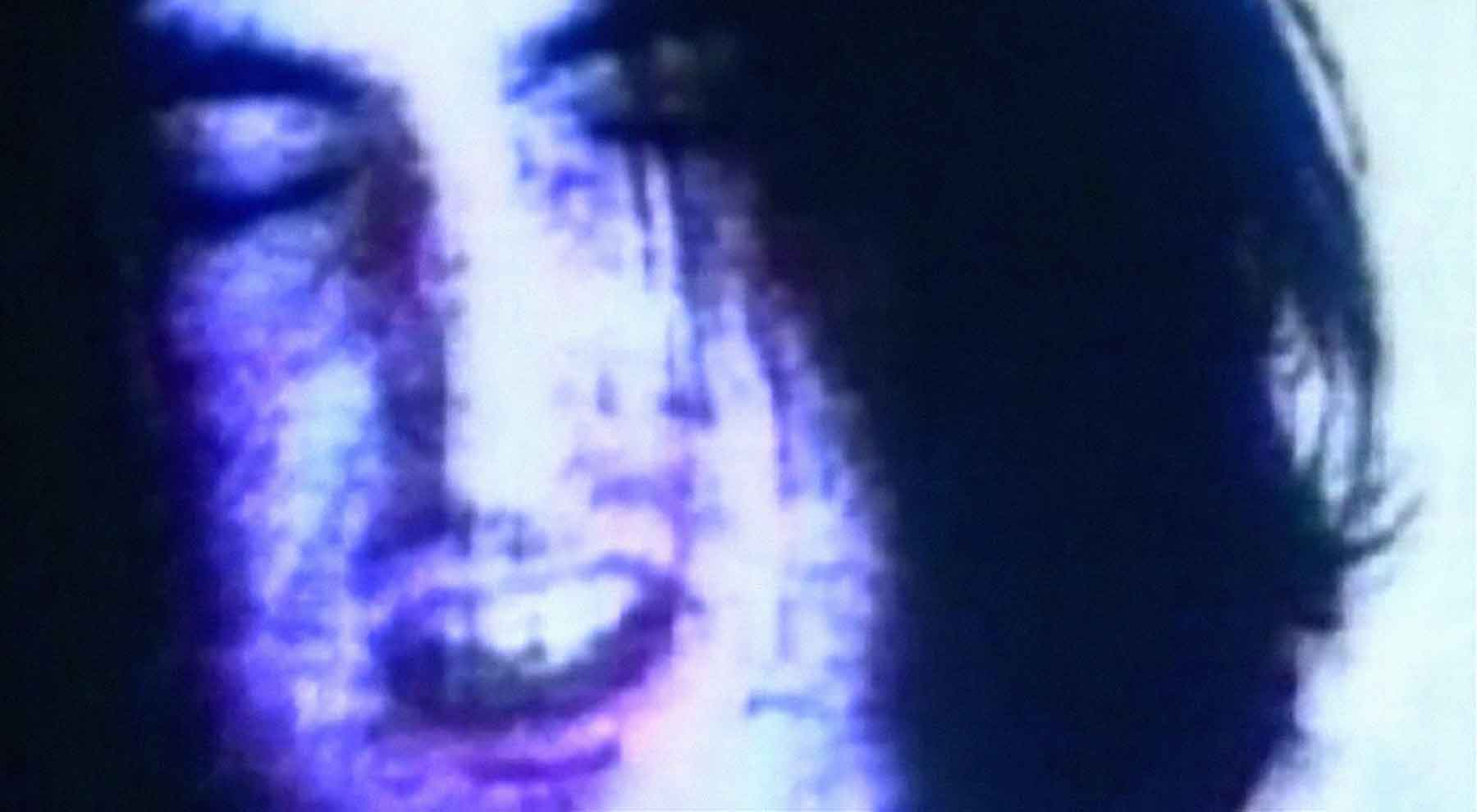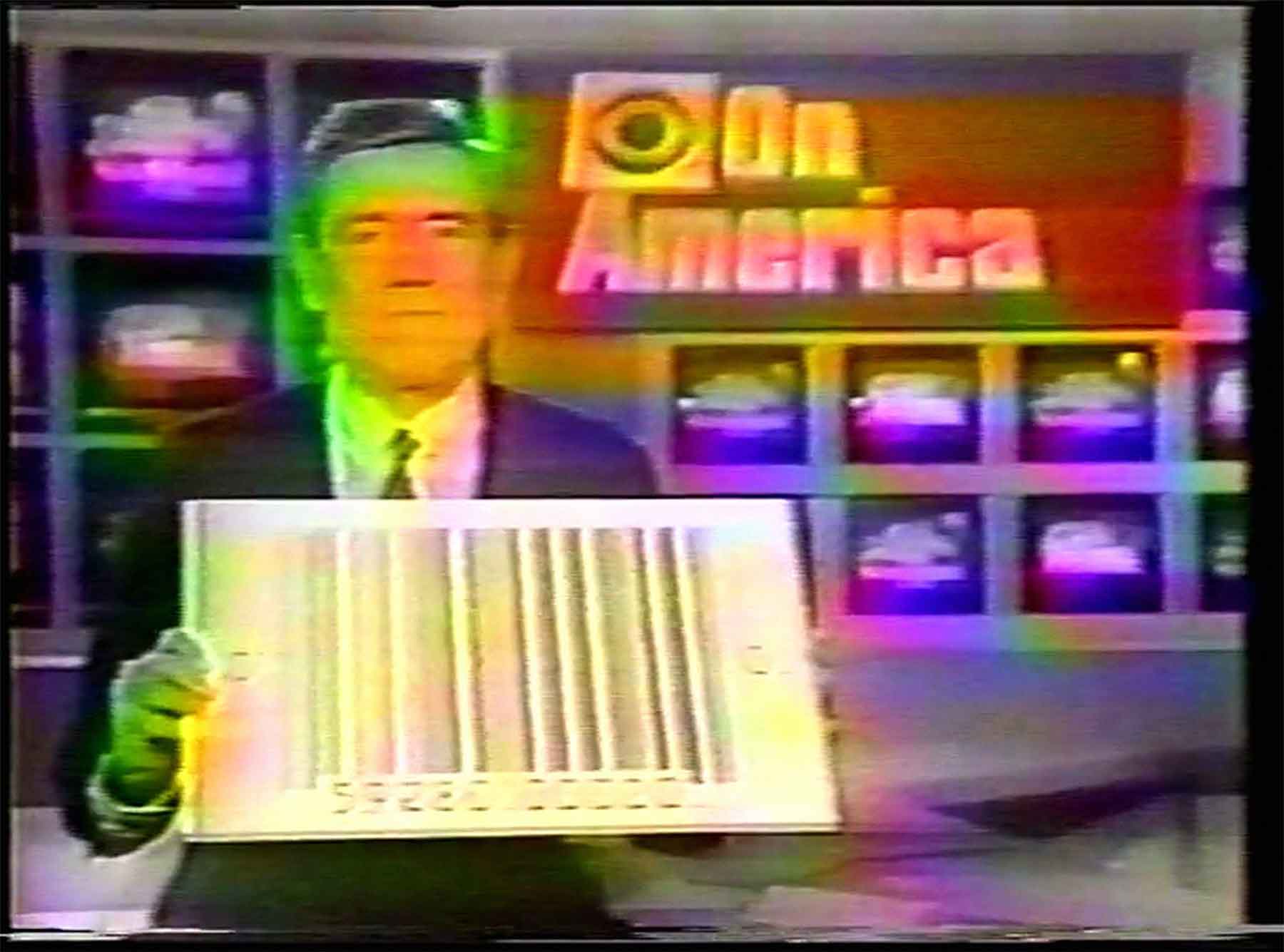EXPERIMENTAL FILM PROGRAM
PROGRAM 1 : VISIONS PHOTOCHIMIQUES
SATURDAY MAY 18
11 AM
CARRÉ 150 (Salle F. Lemaire)
$15
This film program enters a universe where nature and family portraits are intertwined through an array of techniques that explore film’s materiality and reflect on life, death, and our connection with the natural world. JULIE MURRAY’s « Frequency Objects » fuses family photos and photograms of objects in ways that investigate movement and memory. PHILIP HOFFMAN’s « Deep 1 » is a diaristic meditation on the organic transformation of film. « Le Spectre Visible », a collaboration by MAXIME CORBEIL-PERRON and SARAH SEENÉ, explores the captivating stories of lightning-strike survivors. « P L U M E » by MIKE ROLLO is a visual reflection on the decline of bird populations in Canada. ANNIE ST-JEAN proposes a poetic vision of time and light through pinhole photographs with « Capter le fuyant ». KAREL DOING’s « A Perfect Storm » engages further with film’s materiality by transforming nature into a landscape imprinted on photosensitive emulsion. Finally, LOUISE BOURQUE’s « Bye Bye Now » is a film tribute to family archives and memory. This program promises a rich and moving cinematic journey.
JULIE MURRAY « Frequency Objects »
Vidéo, 5 minutes 30 secondes, États-Unis, 2014
« Frequency Objects » combines a store of family photographs, photograms, and found fragments of 35mm movie film in a montage orchestrating rhythmic friction between the rough and smooth motion of images. Frenetic figures and faces half in and out of the frame give way to pattern and abstraction, of shadows created by objects and textures fixed on 35mm black and white print film.PHILIP HOFFMAN « Deep 1 »
35mm (vidéo), 14 minutes 30 secondes, Canada, 2023
Filmed over 2 years (2020-2022), at home and away, « Deep 1 » is a diaristic meditation, flower/plant processed and decayed with hyacinth and lichen extract. Winged and four legged animals, both wild and domestic, traverse the frame marked by a hand-made practice. Filmed in Mount Forest, Ontario and Dawson City, Yukon.SARAH SEENÉ / MAXIME CORBEIL-PERRON « Le spectre visible »
Super-8 & 16mm à Vidéo, 18 minutes, Québec, 2022
Lightning is a combination of thunder and intense electromagnetic radiation, whose components are in the visible part of the spectrum. As unpredictable as it is sudden, this natural phenomenon leaves its mark on those who experience it. « Le spectre visible » is a portrait of five people who survived the impact of the lightning. Each of their experiences is unique in its physicality, its metaphysical dimension or its philosophical meaning. Through the intimacy of their stories, the essence of their faces, voices and bodies, and supported by the meta-media presence of a filmic texture electrified by static charges, this short documentary elaborates a sensible reflection about life when it has brushed so suddenly against death.MIKE ROLLO « P L U M E »
16mm, 7 minutes, Canada, 2022
« P L U M E » responds to a 2019 State of Canada’s Birds Report issued by Environment and Climate Change Canada that the diversity and abundance of Canada’s birds are in sharp decline. “Thinking about this report and the effects of climate change and our interconnectedness with the natural world, I became an avid bird watcher, recording bird songs and collecting and labelling discarded feathers and down blends”. The images in « P L U M E » are imprints from feathers soaked in a plant-based developer solution, a phytogram technique developed by filmmaker KAREL DOING, and reanimated using optical printing and digital editing techniques.ANNIE ST-JEAN « Capter le fuyant »
Vidéo, 6 minutes, Québec, 2023
The pinhole photograph acts as a balm on the fragility and power of the fugitive. While the sober and pure contrast of the juxtaposition of two intervals of the same space-time reminds us of the uniqueness of each moment. Time flies, the river flows and the light plays with us.KAREL DOING « A Perfect Storm »
16mm, 3 minutes, Angleterre, 2022
« A Perfect Storm » is a landscape film or, more precisely, a landscape imprinted on the film's emulsion. The artist has used seeds, tiny composite flowers and other small elements of cultivated plants that grow in his garden and wild plant species gathered from a nearby nature reserve. The film consists of sequences that are intricately composed and parts that are completely “self-organised”. As such plants appear not merely as inanimate objects but rather as characters who are expressive in their own right. Such otherworldliness is also reflected in a sequence of gargoyles, providing a link to the hidden animist tendencies that prevail in human culture. This primordial expressiveness is underlined by an improvised guitar solo by the inimitable Florian Magnus Maier.LOUISE BOURQUE « Bye Bye Now »
35mm (vidéo), 8 minutes 27 secondes, Québec, 2022
An homage to the man behind the camera in personal family archives, the artist’s father, who left her this heritage beyond mortality in the traces of past lives.
PROGRAM 2 : L’ATTAQUE DES VIDÉOCASSETTES : L’ART DU « MIXTAPE » VIDÉO
SUNDAY MAY 19
11 AM
CARRÉ 150 (Salle F. Lemaire)
$15
Scholar and curator Clint Enns has assembled a special program comprising excerpts of video mixtapes. These once-rare video artifacts were intended neither for on-demand access nor for audiences of gentler tastes who would never make the effort to seek them out. Historically, they were self-distributed and only available through mail order. For this program, we have selected the most emblematic of the early mixtapes, with works by S.P.K., PSYCHIC TV, NIN, « The Greatest Hits of Scratch Video », Film Threat founder CHRIS GORE, and Winnipeg artists RICHARD ALTMAN & SEBASTIAN CAPONE. Using two VCRs, we have edited them onto a VHS tape for your viewing pleasure. Do you have the intestinal fortitude for this program? 18+
Despair | S.P.K., Australie, 1982
S.P.K. is an industrial noise group founded by Graeme Revell and « Despair » is one of the earliest examples of a video mixtape. This project was edited by Dominic Guerin (of the video label Twin Vision). The original VHS was mainly sold by mail order through the band and the photo on the packaging features a conjoined fetus and includes a warning (in small print): “Rated XXX: Warning some of this video may be seen as “grossly” offensive. Should not be sold to minors.”First Transmission | PSYCHIC TV / Thee Temple ov Psychick Youth, Angleterre, 1982
PSYCHIC TV, the audio-video component of Thee Temple ov Psychick Youth, a performance ensemble/band/cult formed by Alex Fergusson and ex-Throbbing Gristle members Genesis Breyer P-Orridge and Peter Christopherson. « The First Transmission » VHS was frequently traded, despite being originally advertised through Thee Grey Book (1983) which was itself only available through PTV’s mail order system in the early 80s. Dangerous Minds editor Richard Metzger describes how the work was originally conceived: “In defence of the project, Genesis told me that this material was more or less something that was conceived of to air on New York’s notoriously sleazy cable access station Channel J. The idea was for this weird, dreamlike footage just to appear on TV sets, sort of randomly, late at night, with no explanation whatsoever!”The Greatest Hits of Scratch Video [Vol. 1 & Vol. 2] | GEORGE BARBER, Angleterre, 1984 / 1985
British video artist GEORGE BARBER, founder of the Scratch Video movement, claims journalist Pat Sweeney coined the term. The movement first originated in a nightclub called The Fridge where London-based French artist Bruno de Florence set-up twenty-five linked televisions, stacked on top of each other and spread around a dance floor. In 1984, BARBER released an independently distributed video mixtape titled, « The Greatest Hits of Scratch Video » [Vol. 1] with a second volume released a year later. Artists featured include: GEORGE BARBER, Kim Flitcroft & Sandra Goldbacher, Jeffrey Hinton, The Duvet Brothers, John Scarlett Davis, John Maybury, Gorilla Tapes, and Tim Leandro.Cathode Fuck / T.V. Sphincter | CHRIS GORE, États-Unis, 1986 / 1987
« Cathode Fuck » and its follow-up, « T.V. Sphincter » released a year later, were made by CHRIS GORE, founder of the magazine Film Threat—one of the places mixtapes were first advertised. Compilation videos were connected to underground film zine culture and the tape trading market which many early zines help facilitate, especially in an era before the accessibility of everything via the internet. In Dave Carter’s history of the video mix, “The Television Screen is the Retina of the Mind’s Eye,” he suggests that “the structures of « Cathode Fuck » and its sequel, « T.V. Sphincter », are the same and represent the blueprint of the video mixtape format.”Broken | NINE INCH NAILS, États-Unis, 1993
The infamous and never commercially released, but heavily bootlegged, « Broken » VHS featuring music videos for NINE INCH NAILS and edited to stylistically assembled by Peter Christopherson to resemble a video mixtape. Rob Sheridan, an art director for NINE INCH NAILS, remembers finding a copy of the VHS in his youth. He explains, “kids today can't possibly appreciate the feeling of tracking down a rare video artifact, because everything now is a mere Google search away … [« Broken »] was never meant for searchable, on-demand access, never meant for the soft-hearted masses who put no effort into seeking it out.”Sociology 666 | RICHARD ALTMAN & SEBASTIAN CAPONE, Canada, 1996
Equal parts mass media critique and juvenilia, and inspired as much by Marshal McLuhan as by Craig Baldwin. The video college is divided into six sections: “Violence” | “War” | “Drugs” | “Surrealism” | “Carnage” | “Sociology 666”. The « Sociology 666 » section is shown in its entirety in this program.In addition to promoting video mixtapes, Film Threat would also occasionally review mixtapes. One in particular stands out, a review of « Sociology 666 » (1996) by film critic Merle Bertrand. He complains:
Copying your film or video onto a used tape is tacky…but understandable. Tape IS cheap, but recycling tapes can save a starving filmmaker a few not-insignificant hundred dollars. Yet, SEBASTIAN CAPONE and RICHARD ALTMAN certainly didn’t earn any bonus points by sending in their tape in the condition we received it: sleeveless, the words « Filth Tape #1 » scrawled in pen on a half peeled-off top label, and the ever-popular « 666 » chicken-scratched on the spine label. This is more than just a cosmetic beef. I literally don’t know what to call this damned thing.
Despite criticizing the filmmakers lack of professionalism and praising the “sheer amount of research and time required to accumulate the mass of obscure clips,” Bertrand suggests the tape itself isn’t “pleasant or interesting to watch;” however, from his review it is clear that he was only engaging with the work on a superficial level.
Most of the clips are taken from films and cable television, but it also includes some footage by CAPONE and ALTMAN, in particular, a scene which begins with the filmmakers reciting a McLuhan-eque line and seeming the impetus for the tape itself: “Deconstruction of the message begins with the destruction of the medium.” [Spoiler: This section didn’t make it into the program.] After this line is uttered, the filmmakers precede to smash televisions; however, to take this reading literally, as Bertrand does, misses the point. This entire video is a form of media deconstruction.
Karl Lemieux, experimental films curator

